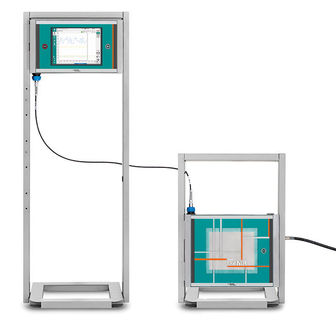To use all functions of this page, please activate cookies in your browser.
my.chemeurope.com
With an accout for my.chemeurope.com you can always see everything at a glance – and you can configure your own website and individual newsletter.
- My watch list
- My saved searches
- My saved topics
- My newsletter
Creeping waveAccording to the principle of diffraction, when a wave front passes an obstruction, it spreads out into the shadowed space. A creeping wave, in electromagnetism or acoustics is the wave that is diffracted around the shadowed surface of a smooth body such as a sphere. Product highlightCreeping waves greatly extend the ground wave propagation of long wavelength (low frequency) radio. They also cause both of a person's ears to hear a sound, rather than only the ear on the side of the head facing the origin of the sound. In radar ranging, the creeping wave return appears to come from behind the target. Vladimir Fock made important contributions to the understanding and calculation of creeping waves. They are described by Airy functions. |
| This article is licensed under the GNU Free Documentation License. It uses material from the Wikipedia article "Creeping_wave". A list of authors is available in Wikipedia. |







